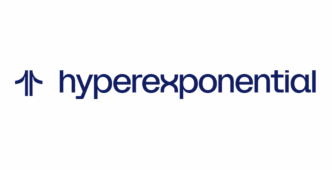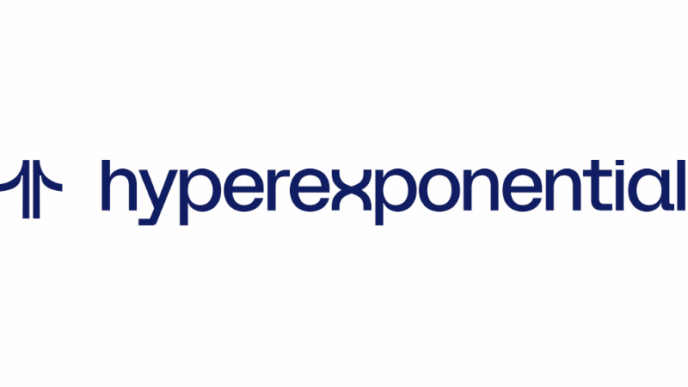Financial CISOs in the UK and US are trapped. They must drive AI adoption while defending against AI-powered cyberattacks. The stakes are rising as business pushes for AI-driven customer service and algorithmic trading. Meanwhile, AI threats like sophisticated phishing and deepfake scams are booming.
AI-powered SOAR platforms help SOCs automate threat responses at machine speed. But criminals use generative AI to craft perfect Business Email Compromise scams and deepfake audio to trick employees into fraud. CISOs face a complex battle: innovate fast, but secure harder.
Security experts say CISOs need a strategic AI governance framework with four pillars:
1. Dedicated AI Governance Committee
Form a cross-functional committee to oversee all AI use cases. Track risk appetite and assign accountability. This is critical for regulatory due diligence under the EU AI Act and upcoming SEC cybersecurity rules.
2. Mandate Explainable AI (XAI)
“Black box” AI is a no-go for finance. CISOs must demand transparent, auditable AI models. Explain why an AI flagged a fraud or blocked a transaction. This prevents regulatory headaches and customer backlash.
3. Tighten AI Vendor Risk Management
AI vendors increase attack surfaces. Traditional security reviews won’t cut it. CISOs need AI-specific vetting: model adversarial attack tests, data segregation, fairness audits, and breach notification protocols.
4. Upskill Cyber Teams for AI Threats
The cyber skills shortage hits hardest with AI. CISOs must train security analysts to supervise AI models and teach threat hunters to handle AI-driven attacks. Partnerships and certifications are essential.
The modern financial CISO role is now about business strategy and clear AI risk communication. Success favors those who balance AI’s power with strict risk controls.
Financial sector CISOs across the UK and US are facing a defining challenge: championing the adoption of Artificial Intelligence while simultaneously constructing defences against AI-augmented threats. The pressure from the business to leverage AI for everything from hyper-personalised customer service to algorithmic trading is immense. Yet, recent data indicates that AI-powered cyberattacks, particularly sophisticated phishing and deepfake fraud, are growing in frequency and impact. This duality has placed CISOs at the heart of a complex conundrum that demands more than just new technology; it requires a robust, forward-thinking strategic framework.
This isn’t merely about fighting fire with fire; it’s about designing the entire fire department for a world where fires can think. On one hand, AI-powered Security Orchestration, Automation, and Response (SOAR) platforms are proving invaluable, helping security operations centres (SOCs) automate responses to common threats and analyse incidents at machine speed. On the other, cybercriminals are using the same generative AI tools to craft flawless, context-aware Business Email Compromise (BEC) messages and deepfake audio to socially engineer employees into making fraudulent transactions.
For security leaders to navigate this landscape, they must move beyond a reactive posture and implement a strategy of proactive governance. The following pillars form a comprehensive framework for harnessing AI’s benefits securely.
The first step is to formalise oversight. An AI Governance Committee, comprising leaders from security, IT, legal, compliance, and key business units, is essential. This body’s mandate is not to stifle innovation but to channel it safely. Its responsibilities should include creating an inventory of all AI use-cases within the organisation, defining the institutional risk appetite for each, and establishing clear lines of accountability. This framework is no longer optional; it is a critical component for demonstrating due diligence to regulators. It provides tangible proof of control that aligns with the principles of the EU’s AI Act and prepares the institution for anticipated SEC cybersecurity disclosure rules that will demand rigorous accounting of cyber risk management.
In the highly regulated financial sector, “black box” AI systems represent an unacceptable compliance and operational risk. CISOs must become the strongest internal advocates for Explainable AI (XAI), where the decision-making process of an algorithm is transparent, traceable, and auditable. Consider an incident where an AI-driven fraud detection system blocks a customer’s legitimate, time-sensitive transaction. Without XAI, the bank cannot explain why the decision was made, leading to intense customer frustration and potential regulatory scrutiny. During a compliance audit or a post-breach investigation, being able to demonstrate precisely how and why an AI security tool acted is non-negotiable.
The reality is that most financial institutions will source AI capabilities from a sprawling ecosystem of third-party vendors and fintech partners. Each new vendor represents a new potential attack vector, making supply chain security a paramount concern. A standard vendor security assessment is no longer sufficient. CISOs must evolve their vendor risk management frameworks to include AI-specific due diligence. Key questions to ask potential AI partners should include:
- How do you test your models against adversarial attacks (e.g., data poisoning, model evasion)?
- What is your data segregation architecture, and how do you prevent data leakage between clients?
- Can you provide evidence of how you audit your models for fairness and bias?
- What are your specific breach notification protocols and timelines for an incident involving our data processed by your model?
The well-documented cyber skills shortage is critically acute at the intersection of AI and cybersecurity. A forward-looking CISO strategy must address this head-on, not just by training existing staff but by fundamentally rethinking security roles. Security analysts will need to become AI model supervisors, skilled in interpreting AI outputs and identifying when a model is behaving erratically. Threat hunters will need to understand how to track AI-powered attackers. This requires a significant investment in upskilling, certifications, and partnerships with academic institutions to build a sustainable talent pipeline for these hybrid roles.
Ultimately, for the modern financial CISO, the role has evolved from a technical manager to a strategic business enabler. Effectively communicating AI-related risks and justifying security investments to the board is now a core competency.
The CISOs who succeed will be those who can articulate a clear vision for secure AI adoption, balancing transformative potential with disciplined risk management.














